Text and Photos by Henrylito D. Tacio
“Climate change has brought about suffering for nations, communities and peoples. It is that kind of suffering that, in the words of Benedict XVI’s ‘Deus Caritas Est,’ ‘cries out for consolation and help.'” – From the statement, Stewards, Not Owners, of the Catholic Bishop Conference of the Philippines
***
With a surging population, the world is not only getting smaller; it is also getting hotter!
Since 1880, respected scientists say the worldwide average temperature has increased by about 0.9⁰F. This, however, is within the normal fluctuations range, meaning it could be a short-term change that will return to normal in the near future.
Sadly, instead of returning to normal, the temperature is getting warmer each year. In fact, the Intergovernmental Panel on Climate Change (IPCC), a United Nations-sponsored body made up of more than 1,500 leading scientists worldwide, projected an increase of the planet’s average surface temperature to be between 2.5⁰F and 10.4⁰F between 1990 and 2100.
The rise of the world’s temperature results from the increasing greenhouse gas concentration (GHGs) in the atmosphere. GHGs include carbon dioxide, methane, nitrous oxide, and chlorofluorocarbons (CFCs).
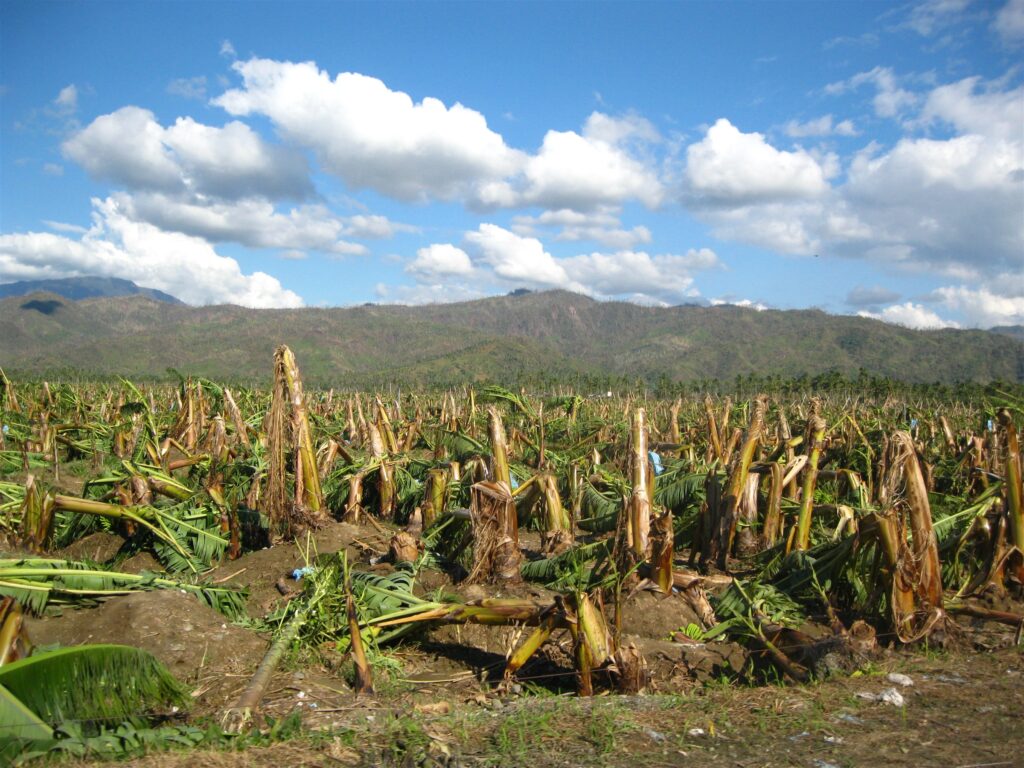
Scientists call this phenomenon the “greenhouse effect.” In an article published in Reader’s Digest, Robert James Bidinotto explained in these words: “When sunlight warms the earth, certain gases in the lower atmosphere, acting like a glass in a greenhouse, trap some of the heat as it radiates back into space. These greenhouse gases warm our planet, making life possible.
“If they were more abundant, greenhouse gases might trap too much heat,” Bidinotto continued. “But if greenhouse gases were less plentiful or entirely absent, temperatures on Earth would average below freezing.”
Because concentrations of GHGs have been steadily increasing in recent years, the world’s average temperature completely changed.
“Climate change means much more than higher global temperature,” explained Heherson Alvarez when he was still the chairman of the Senate Committee on Environment. “Global warming could result in a wide range of catastrophic consequences: rising sea levels threatening archipelagic states, low-lying coastal areas and fertile deltas; increased frequency of typhoons, droughts and other extreme climate events; disturbances of ecosystems; greater aridity; and greater pressure on freshwater resources.”
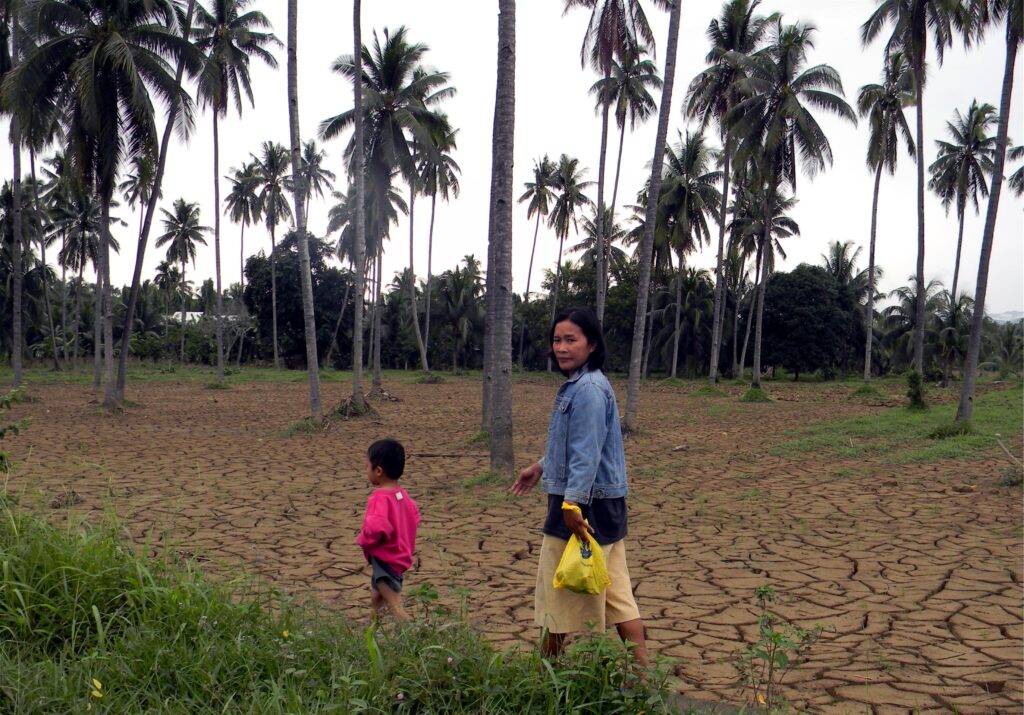
Six years ago, the government-initiated Climate Change Commission (CCC) listed the Philippines as among the top ten countries most vulnerable to this global phenomenon’s impacts. “Climate change is more disastrous to the agricultural industry of the Philippines and its neighboring Asian countries than in other parts of the world,” argues Dr. David Street, of the US Argonne National Laboratory.
A World Bank report, Getting a Grip on Climate Change in the Philippines, has issued the same prediction. “Climate-related impacts are expected to reduce agricultural productivity in the Philippines,” the report said.
Rice, for instance, will be greatly affected by climate change. “Increasing carbon dioxide leads to increased photosynthesis and, potentially, more rice biomass. But concurrent increases in global temperature could also potentially limit rice harvests by increasing spikelet sterility,” the Laguna-based International Rice Research Institute (IRRI) said in a statement.
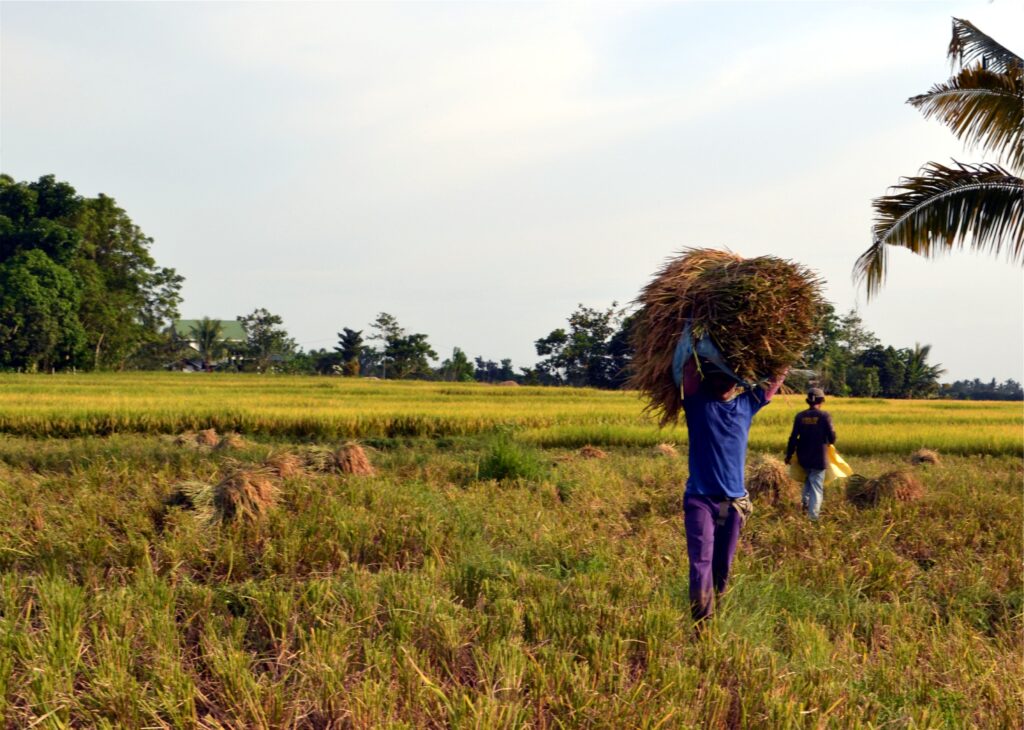
A warmer climate causes the sea level to rise. The Philippines, whose coastline stretches 18,000 kilometers, is very vulnerable to sea-level rise. In fact, the country ranks fourth in the Global Climate Risk Index as 15 provinces are susceptible to this climate change consequence.
As the atmosphere changes, typhoons will intensify and become stronger. “When the oceans warm, the air above the oceans also warms,” wrote John Converset in a World Mission feature. “More water evaporates, creating greater humidity. Greater warmth and humidity over the oceans make storms more powerful. The winds are stronger and the amount of water that falls as precipitation can be astounding.”
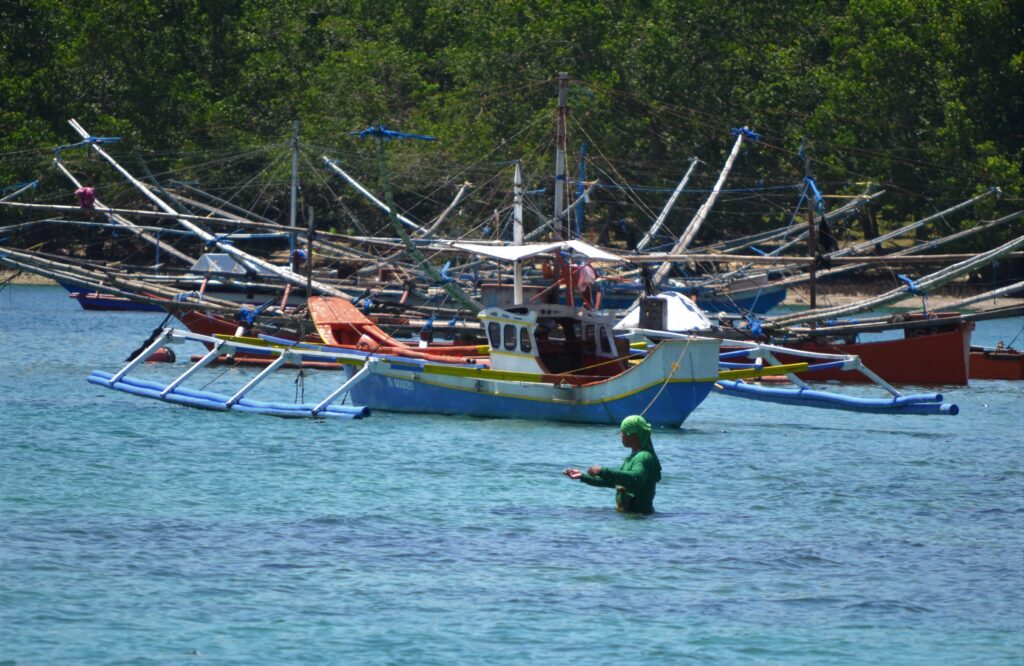
This is bad news for people living near the coastal areas. “About 14% of the country’s total population and 42% of its total coastal population will be affected by intensifying storm surges resulting from more intense typhoons,” the World Bank report pointed out.
Climate change is most likely to spread diseases, causing “significant loss of lives,” the IPCC said. In some areas, global warming is certainly to “cause several thousand extra heat-related deaths annually” as hotter, and longer heatwaves raise death rates from heart and lung diseases.
Higher temperature also affects migration and spawning patterns of various species. As temperatures warm, many plants, fish, insects, and bacteria may move into new areas, eradicating indigenous species.
“It is hard to know how severe these effects will be, but when combined with other stresses, including land clearing and local pollution, climate change could have catastrophic consequences for more ecosystems,” the Washington, D.C.-based Worldwatch Institute claims.
Water resources are especially vulnerable to climate change. “In a warmer world, we will need more water – to drink and irrigate crops,” reminds the Panos Institute based in London. Already, the Philippines is experiencing a water crisis in some regions.
“We are in trouble. We are in deep trouble with climate change,” said United Nations Secretary-General Antonio Guterres during the opening of the 24th annual UN climate conference held in Poland some years back.
“It is hard to overstate the urgency of our situation,” Guterres pointed out. “Even as we witness devastating climate impacts causing havoc across the world, we are still not doing enough, nor moving fast enough, to prevent irreversible and catastrophic climate disruption.”
In a bid to slow global warming, scientists have suggested curtailing the use of fossil fuels to reduce carbon dioxide emissions. They claim global warming can also be slowed down by curbing the rate of deforestation and increasing carbon sinks through oceans’ help, which extracts carbon dioxide from the air and convert it into carbonates.
A fact sheet circulated by the Department of Environment and Natural Resources (DENR) said that deforestation is “responsible for 25% of all carbon emissions entering the atmosphere” by burning and cutting millions of hectares of trees each year.
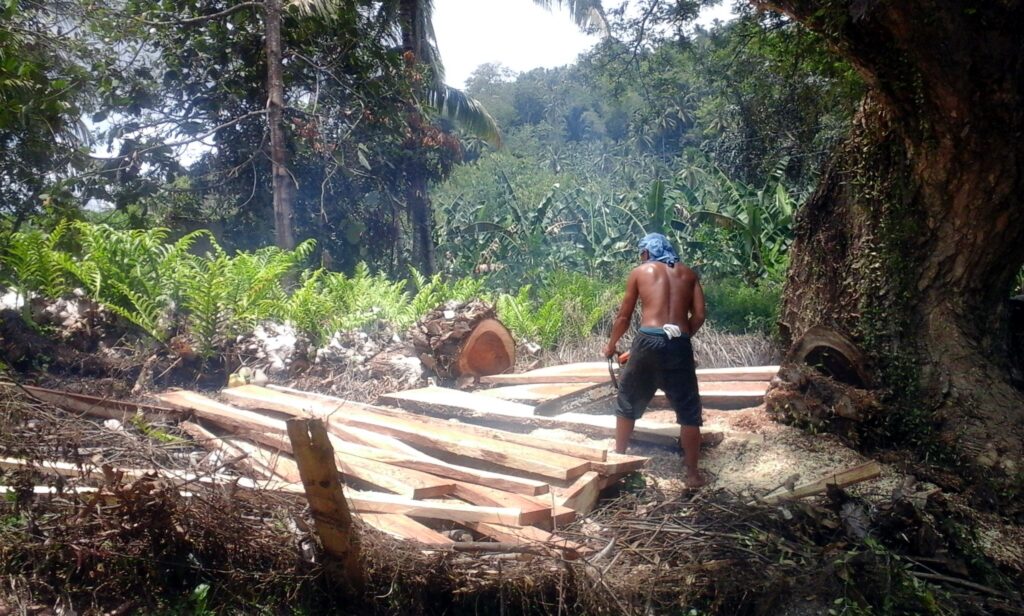
According to Rainforest Relief, half of the total loss of rainforests has occurred in this century. At least 25% of the loss occurred in the last two decades. “The destruction of tropical forest alone is throwing hundreds of millions of tons of carbon dioxide into the atmosphere each year,” the DENR fact sheet pointed out.
In the 1930s, it took 60 years to log the destruction of 80% of the country’s original forests, the Rainforest Relief reported. On the other hand, the DENR said the country loses 47,000 hectares of forest cover each year over the last 100 years.
That’s troubling news. But the good news is, a study bared that planting billions of trees is the “best climate change solution available today.” According to the study, planting more than 500 billion trees could remove 25% of the atmosphere’s existing carbon dioxide.
“Our study shows clearly that forest restoration is the best climate change solution available today and it provides hard evidence to justify investment,” Zurich Professor Tom Crowther, senior study author, was quoted as saying by BBC News. “If we act now, this could cut carbon dioxide in the atmosphere by up to 25%, to levels last seen almost a century ago.”
An article that came out in Nature also believes reforestation is one of the best ways to battle global warming. “When it comes to fighting global warming, trees have emerged as one of the most popular weapons,” wrote Gabriel Popkin. “With nations making little progress controlling their carbon emissions, many governments and advocates have advanced plans to plant vast numbers of trees to absorb carbon dioxide from the atmosphere in an attempt to slow climate change.”
Popkin reported that China aims to plant trees over an area up to four times the size of the United Kingdom. In the United States, California allows forest owners to sell credits to carbon dioxide-emitting companies, and other states are considering similar programs.
“The European Union is moving towards allowing countries to include forest planting in their plans to fight climate change; some nations in the bloc have also pledged billions of dollars to tropical forest programs,” Popkin wrote.
In the Philippines, one tree that can help sequester carbon dioxide is coconut. In his paper presentation entitled, “Productive and Sustainable Coconut Farming Ecosystems as Potential Carbon Sinks in Climate Change Minimization: A Review and Advisory Notes,” Severino S. Magat explained the important role of the coconut lands against the negative impacts of climate change.
In coconut, as in most tree crops, carbon is stored or sequestered both by the biomass and the ecosystem’s soil, indicating that the biomass and the soil are the main carbon sinks of atmospheric carbon dioxide. According to Magat, these “carbon sinks” could be regulated and managed to a great extent by following proper cropping practices.
A two-year study conducted by Philippine Coconut Authority showed the annual rate of carbon sequestration in local tall variety coconut crops is 4.78 tons of carbon per hectare. That is equivalent to 17.54 tons of carbon dioxide per hectare, Magat claimed.
Aside from coconut, there’s bamboo. “A number of bamboo species are potential tools for carbon sequestration and combating climate change,” Hans Friederich of the International Bamboo and Rattan Organization (INBAR) reports.
“Bamboo plants store carbon at a fast rate, and bamboo products can effectively ‘displace’ more emissions-intensive materials such as cement, steel and plastic,” Friederich points out.
Recent INBAR research suggests (well-managed) bamboo can store 200 to 400 tons of carbon per hectare per year. “With such high carbon storage rates, there is clearly potential for countries to integrate bamboo into their climate mitigation plans,” he says.
As Patricia Espinosa, executive secretary of the United Nations Framework Convention on Climate Change, puts it: “Bamboo and rattan can make an important difference in the fight against climate change. Nature-based solutions like bamboo do not just contribute to sustainable development, they also help build the kind of world we want.”
Meanwhile, the Philippines urges all government units to do their fair share in combating the climate crisis. “The Philippines has been actively pursuing climate action, but largely on our own efforts and resources,” said CCC Secretary Emmanuel De Guzman. “With the unrelenting impacts of climate change in our communities, we must do all we can to survive and thrive as a people and nation.”

